How Religious Food Rituals Create Community and Transform Simple Meals Into Sacred Experiences
Discover how Hindu prasad, Shabbat dinners, iftar, langar, and Eucharist transform simple meals into powerful spiritual practices that build community and connection. Learn the deeper meaning behind religious food rituals.
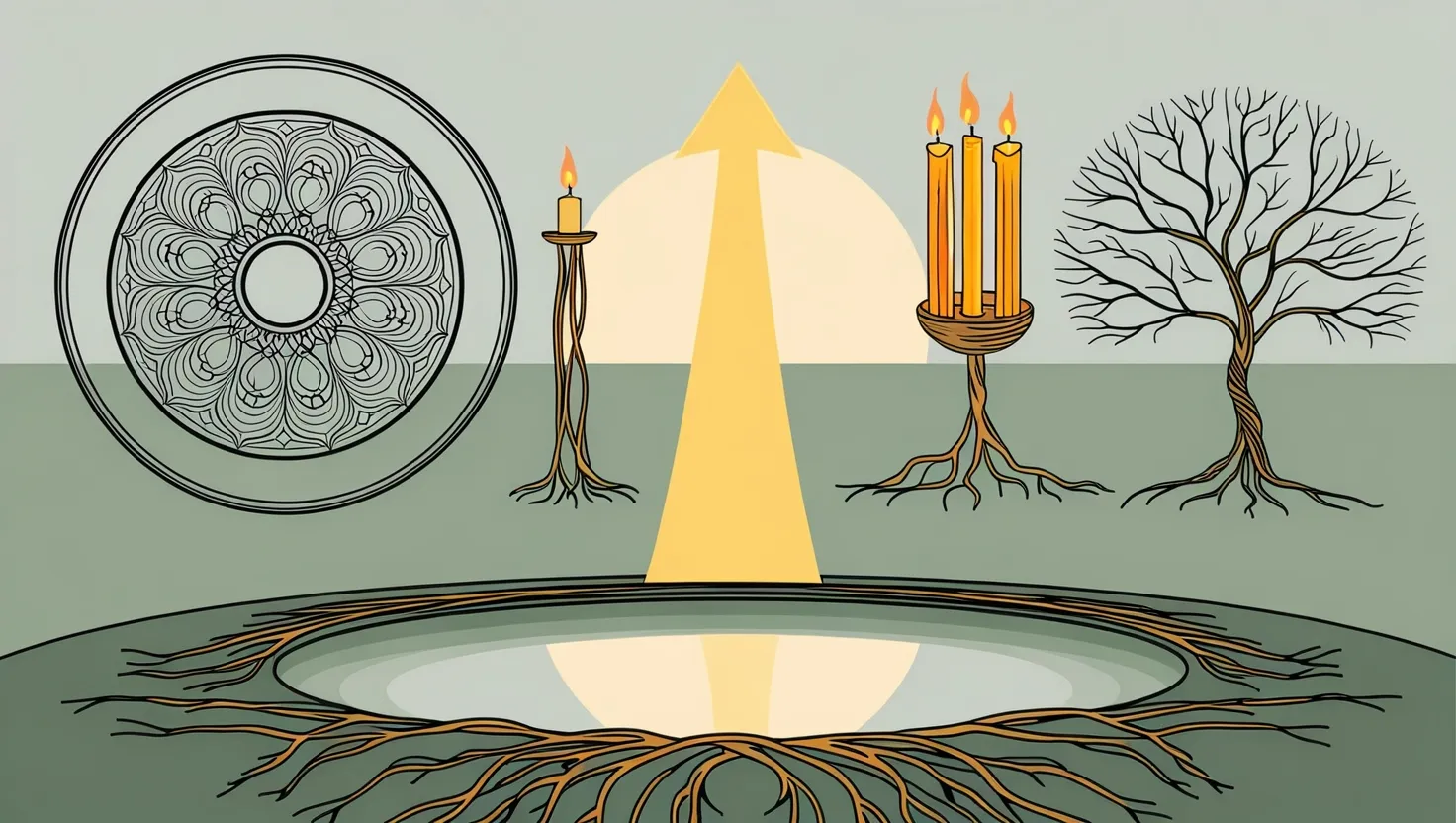
**5 Religious Perspectives on Time That Will Transform How You Experience Every Moment**
Explore how 5 religious traditions view time: cyclical, linear, sacred, relational & mystical. Discover which perspective shapes your daily life, ethics & meaning. Transform your relationship with time today.
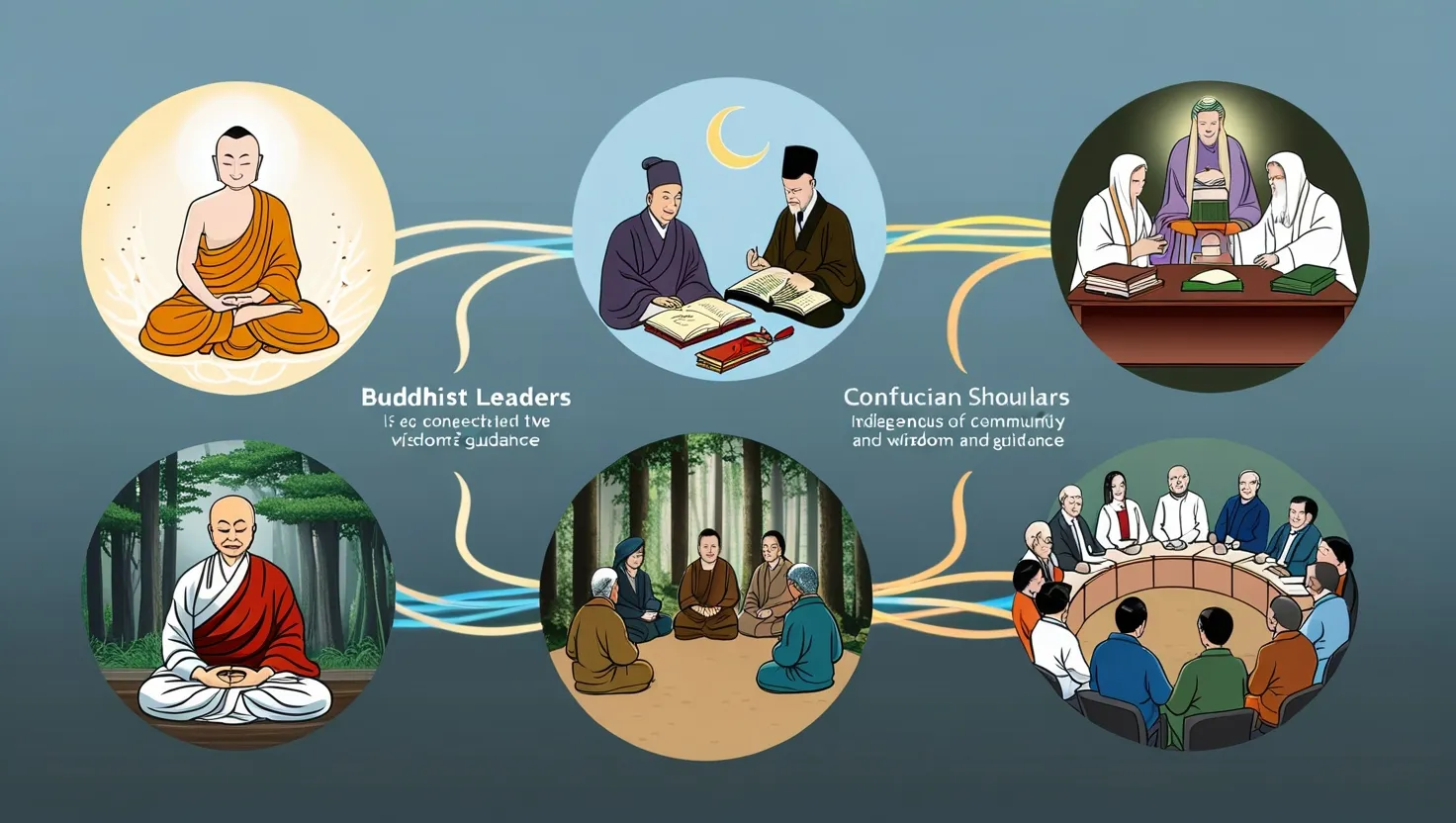
**5 Religious Leadership Models That Transform Modern Authority and Decision-Making**
Discover how Buddhist, Islamic, Confucian, indigenous, and Protestant leadership models offer timeless wisdom for modern leaders. Learn practical insights from religious governance systems to lead with wisdom, accountability, and purpose. Explore leadership lessons now.
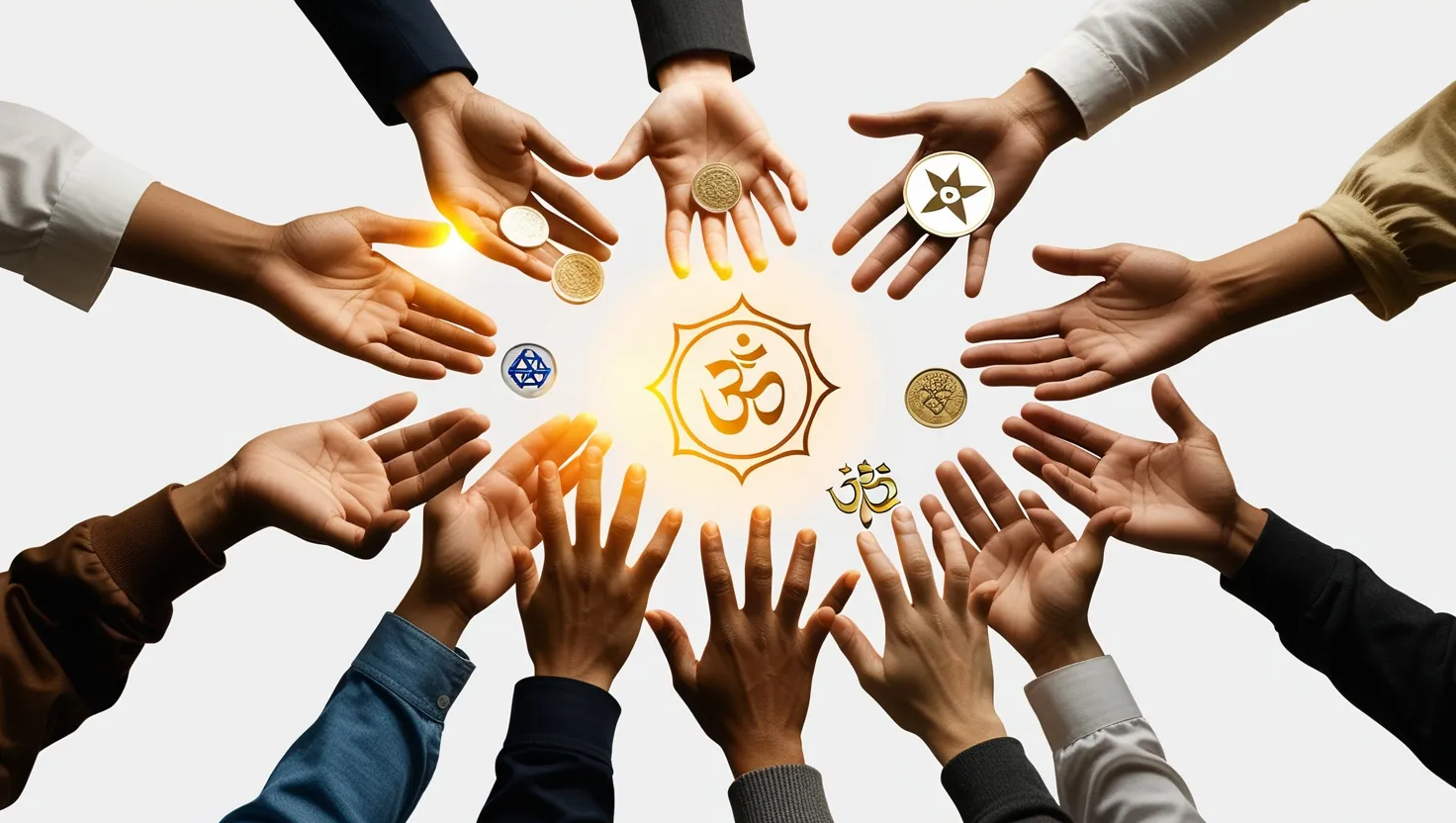
Religious Approaches to Wealth: How Faith Traditions Balance Money, Generosity and Social Justice
Discover how Islam, Christianity, Buddhism, Judaism and Hinduism approach wealth and poverty through justice, stewardship, and generosity. Learn practical wisdom for ethical living.
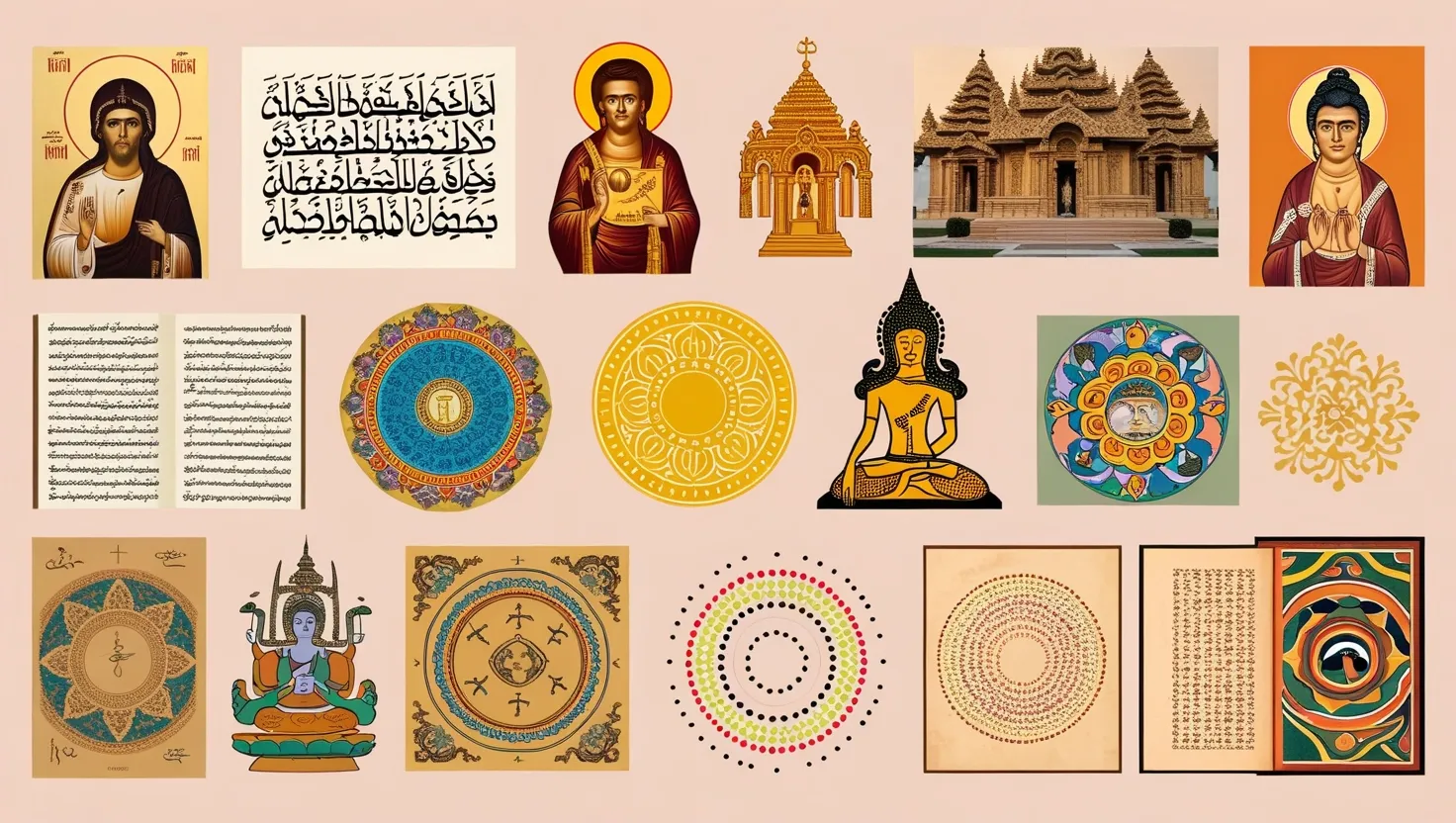
7 Sacred Art Forms That Shaped Cultural Identity Through History
Discover how religious art serves as more than decoration—it preserves knowledge, builds cultural identity, and makes faith tangible. Explore seven distinctive art forms that shaped civilizations and still speak to us today. Read more to understand their deeper impact.

7 Ancient Contemplative Practices: The Hidden Core of Religious Traditions
Discover how 7 religious traditions use silence for spiritual transformation across history. Learn practical contemplative methods from Quakers to Buddhists that offer peace in our busy world. Find your practice today.
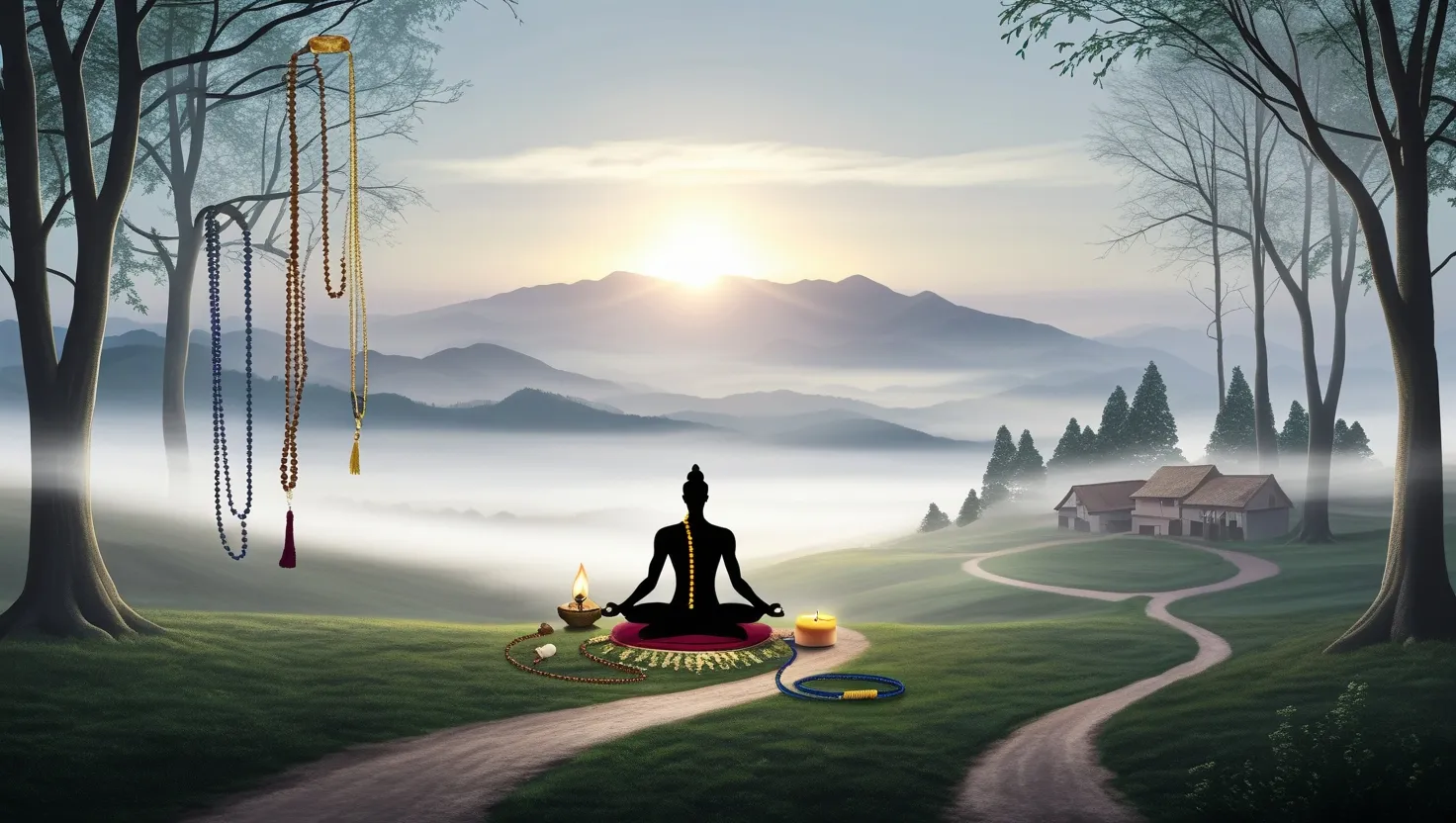
5 Timeless Wisdom Teachings from Mystical Traditions That Transform Spiritual Practice
Discover timeless insights from mystical traditions that transcend cultural boundaries. Explore surrender, silence, paradox, service, and divine immanence as paths to spiritual awakening. Transform your perception and find deeper meaning. Read more now.
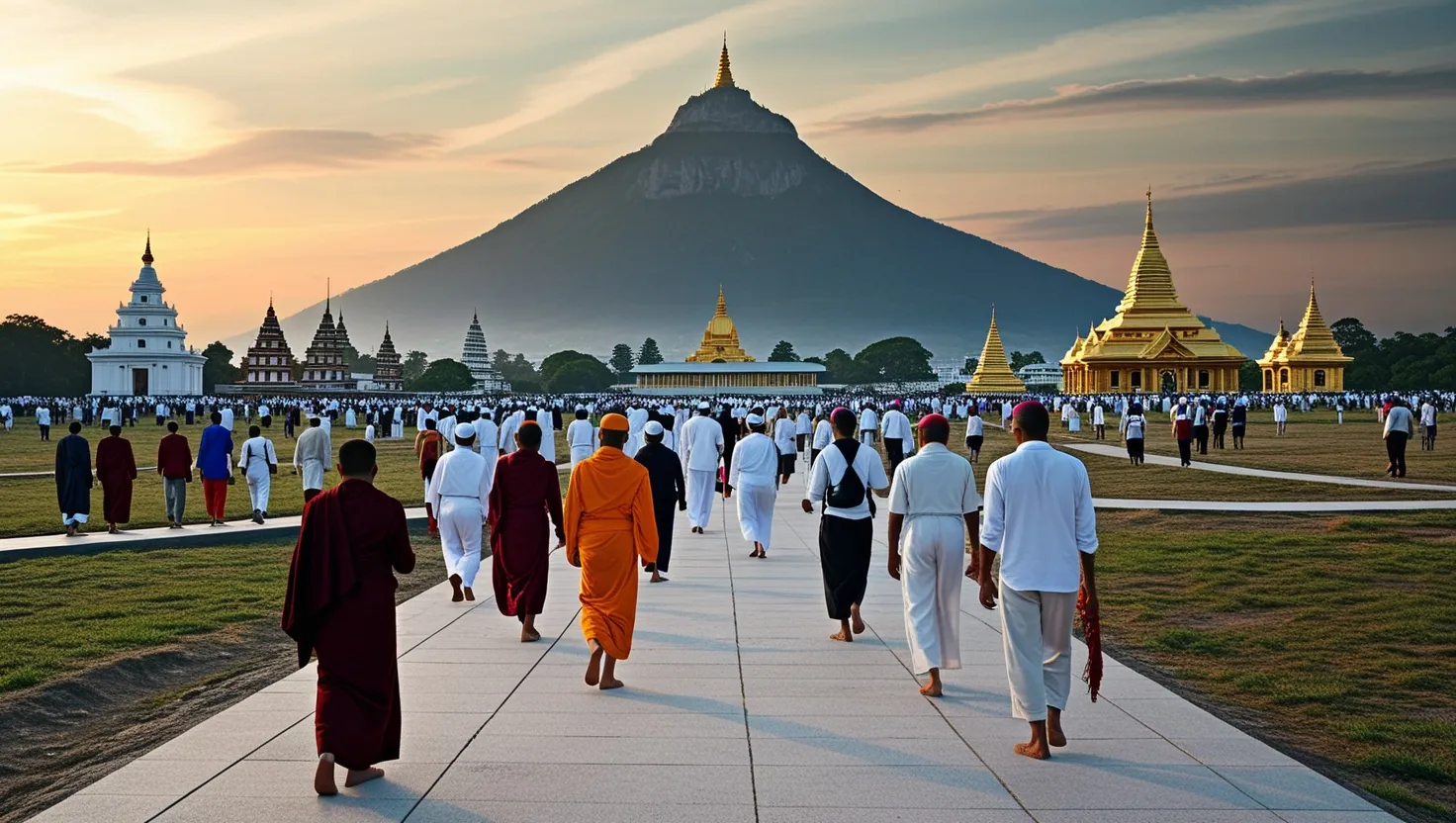
Spiritual Pilgrimages: How Sacred Journeys Transform Lives and Faith
Discover the profound ways religious pilgrimages transform individuals through spiritual challenges, communal experiences, and personal growth. Learn how sacred journeys foster meaning and connection. Explore examples today.
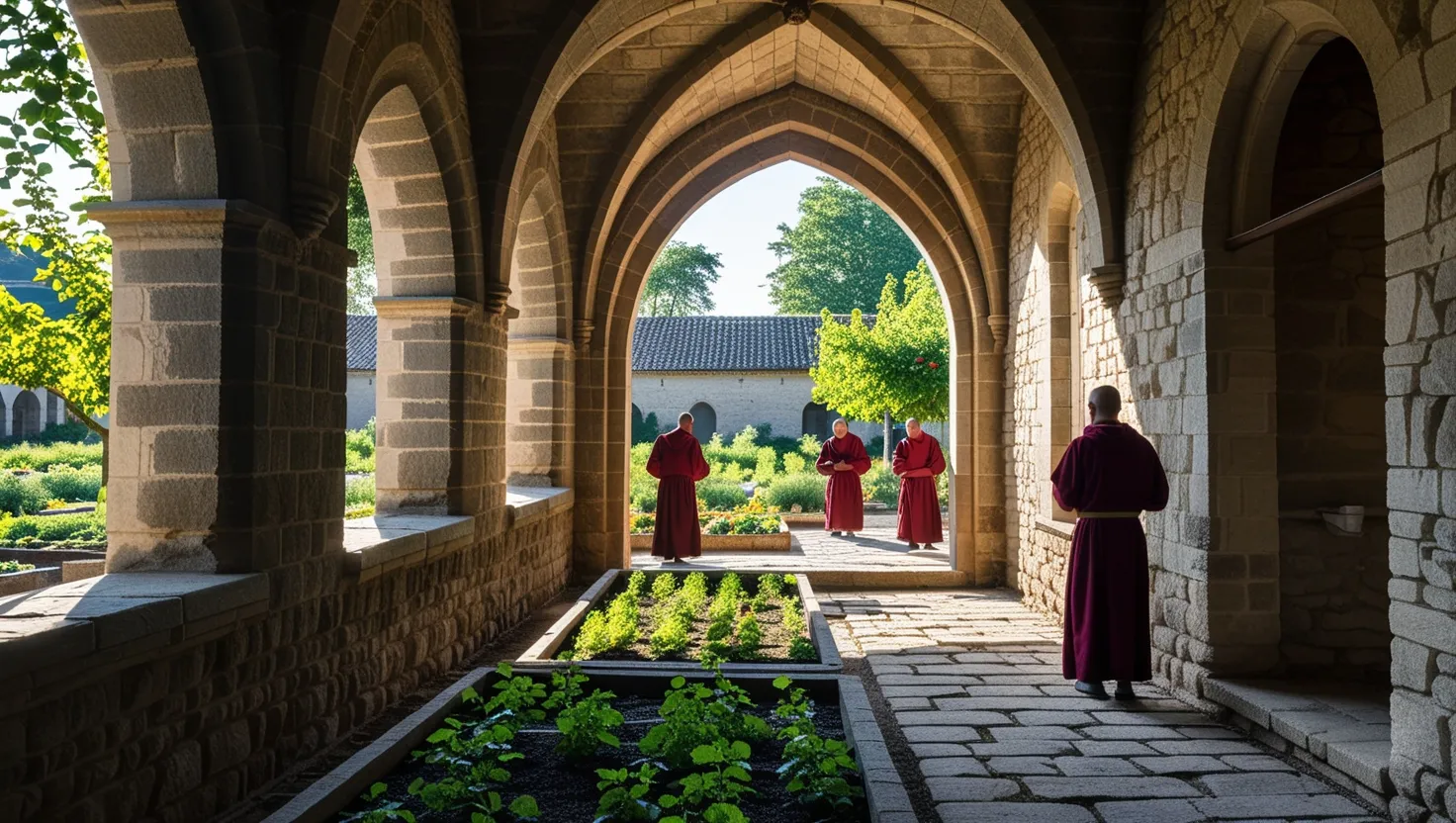
7 Ancient Monastic Traditions That Secretly Shaped Modern Society
Learn how ancient monasteries revolutionized agriculture, medicine, education, and more. Discover 7 monastic traditions that still influence modern life, from mindfulness to ethical banking. Explore the hidden legacy of cloistered innovation.
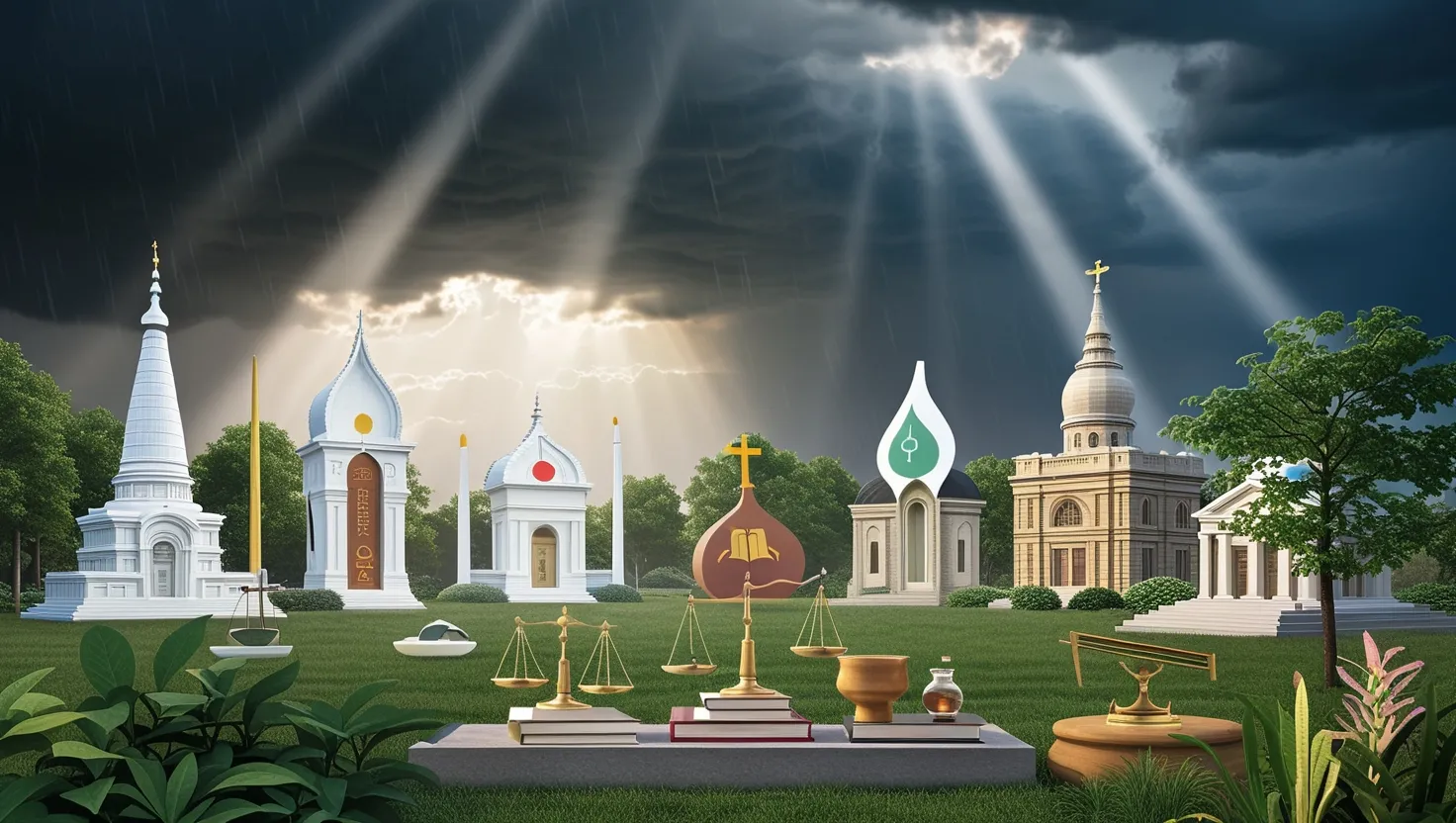
6 Religious Conflicts That Accelerated Progress: The Unexpected Benefits of Faith-Based Tensions
Discover how 6 major religious conflicts unexpectedly drove innovation, intellectual growth, and social reform. Learn the surprising positive legacies that emerged from historical tensions and continue to shape our world today.
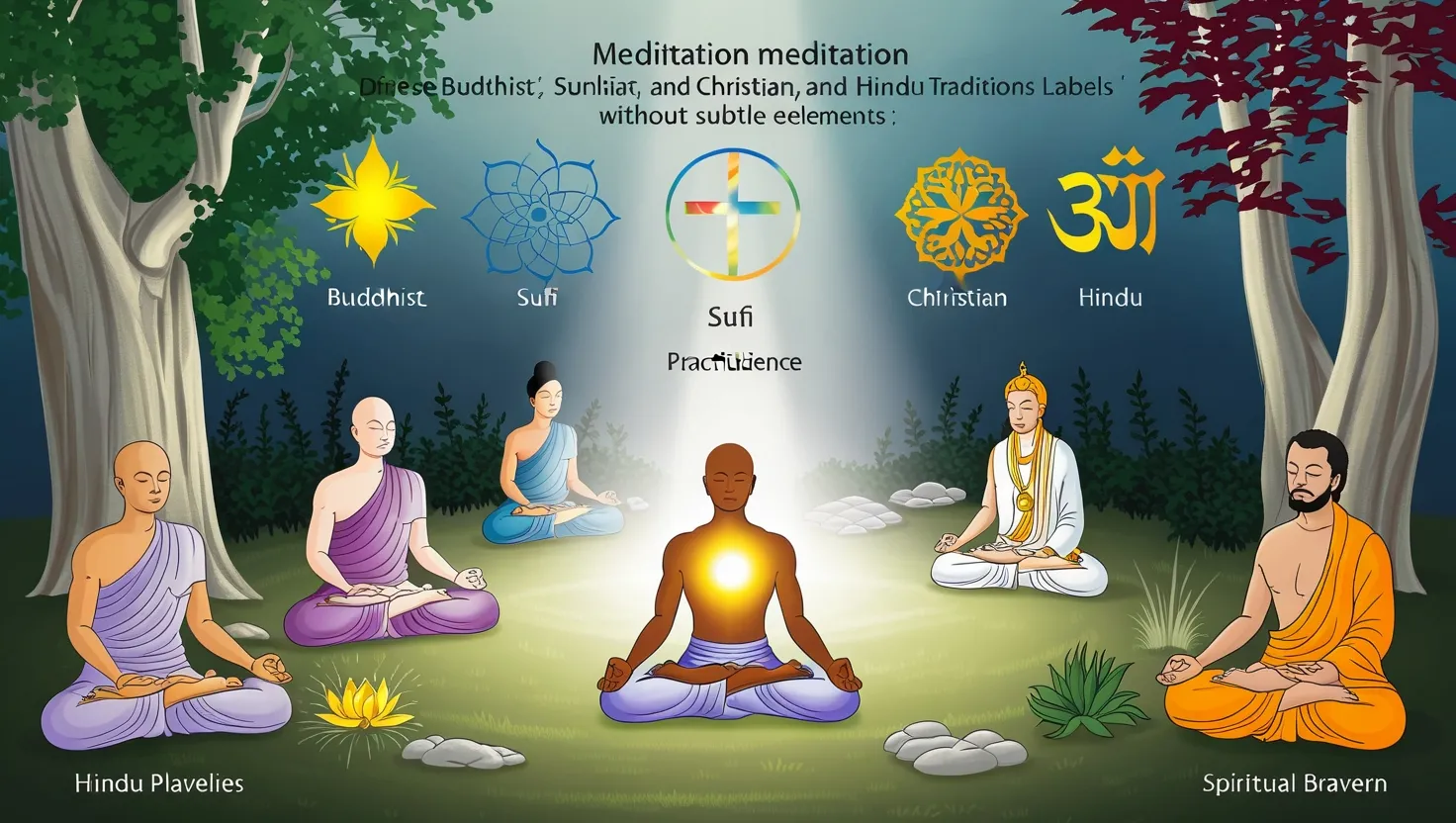
7 Powerful Ways Mystical Traditions Transcend Religious Boundaries
Discover how mystical traditions transcend religious boundaries through silence, ecstasy, and universal oneness. Explore how love and paradox unite diverse spiritual paths. Join the journey beyond dogma. #Spirituality #Mysticism

How Religious Texts Shaped Global Legal Systems: Ancient Wisdom in Modern Law
Discover how religious texts shaped global legal systems from Torah to Buddhist teachings. Learn the surprising connections between spiritual principles and modern law in this illuminating exploration of justice across cultures. Read more now.

How World Religions Make Sense of Human Suffering: A Comparative Analysis
Explore how major world religions approach human suffering and find meaning in life's challenges. Learn timeless wisdom for building resilience and discovering purpose through hardship. Learn practical insights for personal growth.
